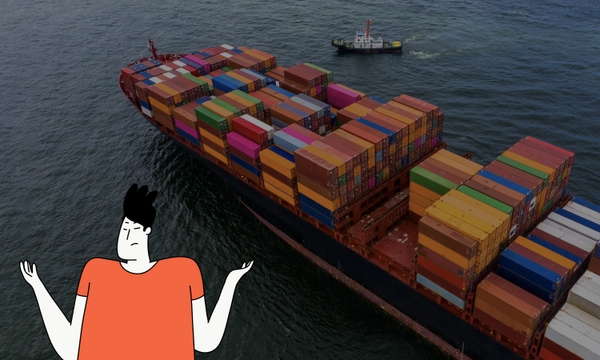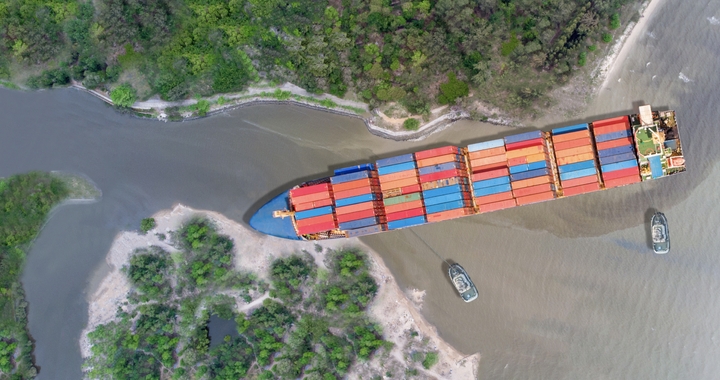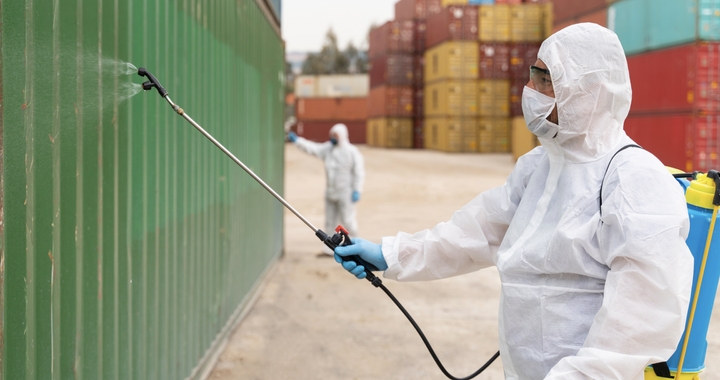Current Container Shortage

Container shipping has experienced rapid and extreme demand as of recently, and while this sounds like good news to the ocean freight sector, it’s proven to be unprepared for such an escalated demand. Several ports and carriers are experiencing equipment shortages as a result of the cargo demand and the Suez Canal blockage.
Across ports in China and Korea, there is a severe shortage of empty containers, presenting a challenge to the port’s operations. Ports attribute the container shortage to the following reasons:
- Delays in returning containers
- The decrease in import returns
- Bad weather
- Ship bunching
- Slow turnaround of vessels and boxes from the US and Europe
- Aftermaths of the recent Suez Canal blockage
- Covid-19 regulations
The Suez Canal Blockage

The Suez Canal in Europe is a critical corridor for global trade, including in the primary routes of most shipping ports. The recent blockage has caused severe delay and trouble to ports in terms of meeting vessel backlogs. Couple that with the COVID-19 pandemic operations disruptions, and the situation is resulting in a big challenge for intra-Asia supply.
The shortage of containers has affected schedule reliability in the ports of Shanghai and Ningbo. These are the most severely affected ports. This is attributed to the delay in returning containers from Europe, with the aforementioned Chinese ports being the providers of Europe's main supply.
This drastic impact of container shortages on Intra-Asia supply has proven to be a challenging feat for the affected ports. And unfortunately, the issue is expected to worsen and carry on for a couple more weeks.
COVID-19 Regulations Causing Struggle

Another culprit behind container shortages and operational delays is the recent COVID-19 regulations that set forth strict quarantine measures and disinfection requirements for ports. This is owing to the recent discovery of new COVID-19 cases in the areas of Guangzhou and Shenzhen.
Because of stricter regulations, ports are scrambling to mitigate terminal congestion and vessel delays, with their operational productivity severely affected by local quarantine and disinfection rules.
Perhaps the most affected is the Port of Yantian, which used to handle over 30,000 cargo boxes a day. The severe congestion has dropped their operational productivity, only enabling them to handle 500 boxes daily.
How Carriers are Coping with Container Shortage
Despite the challenge, global shipping rates for containers remain inflated thanks to the strong demand. These high freight rates are expected to continue for three to six more months despite the container shortage situations. Furthermore, carriers are beginning to adopt and formulate strategies to increase their intra-Asia capacities. Some notable efforts include:
-
RCL and their partner company, One, who launched a Pusan/ Qingtao/ Shahai - Laem Chabang loop
-
MSC, which updated four of its intra-Asia services to boost transit times from China to Vietnam and Thailand. These also provided more direct connections between Malaysia and China.
Other companies are beginning to make their supply chain risks more diverse to drive more growth for intra-Asia lanes.
Consequences of COVID-19 and the Container Shortage: Spike in Freight Service Prices
With the peak season for container shipping looming and these ports still struggling to cope with container shortages and reduced throughput, freight service prices have significantly increased. Currently, it is up at 18% with rates costing $6,221/ FEU. This is a record high of 84% from the beginning of 2021 to today.
Unfortunately, conditions are not expected to improve anytime soon as the port still struggles to manage the effects of the container shortage. And with the ongoing demand for their freight services, this rate is expected to last until February of 2022.


